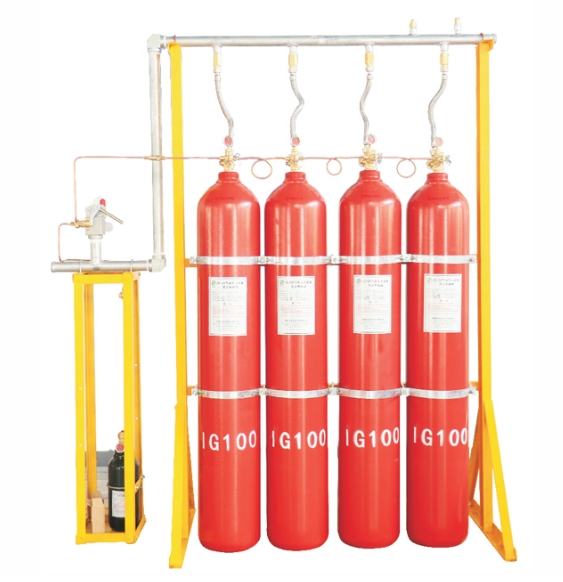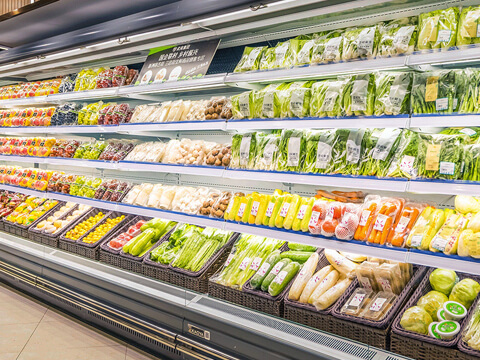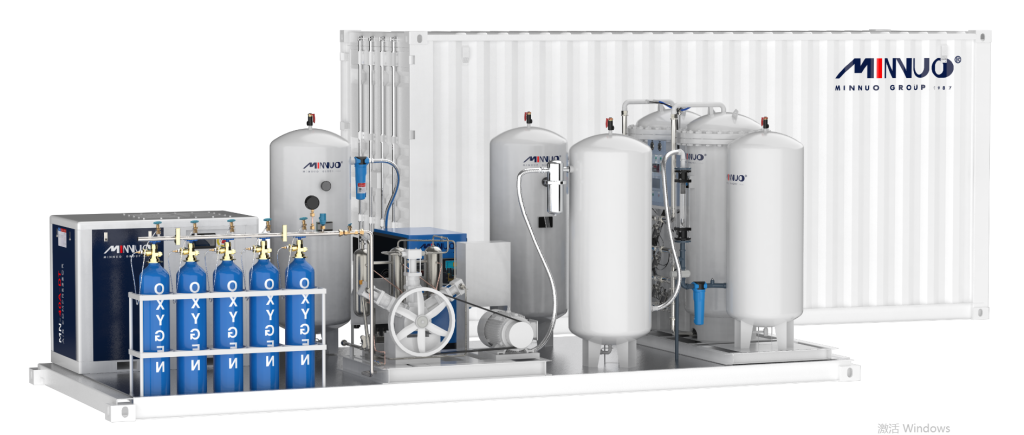When we think of fire, we often picture flames fueled by oxygen and various combustibles. However, have you ever considered what happens when nitrogen, a gas that makes up about 78% of our atmosphere, comes into play? Surprisingly, nitrogen is not just an inert spectator; it plays a crucial role in fire suppression and combustion dynamics.
Nitrogen is not flammable; rather, it acts as a fire suppressant by displacing oxygen, making it difficult for flames to sustain. When fire encounters nitrogen, it does not produce harmful byproducts, highlighting nitrogen’s role in maintaining safety in various environments. This unique property makes nitrogen invaluable in fire suppression systems used in sensitive industries, such as data centers and chemical plants.
In this article, we will delve into the fascinating interactions between fire and nitrogen, exploring how nitrogen behaves under high temperatures and its significance in industrial applications.
What is Nitrogen?
Nitrogen (N2) is a colorless, odorless gas that comprises a significant portion of Earth’s atmosphere. As an inert gas, it does not readily react with other substances, making it a stable element in various applications. Industries utilize nitrogen for its non-reactive properties, particularly in fire suppression systems and to maintain an inert atmosphere in processes where combustion can be hazardous.
Basic Principles of Combustion
To understand nitrogen’s role in fire dynamics, we must first grasp the principles of combustion. Combustion requires three key elements: heat, fuel, and oxygen—often referred to as the fire triangle. While oxygen fuels a fire, nitrogen does not support combustion; rather, it inhibits it. By displacing oxygen in the vicinity of a flame, nitrogen effectively suppresses the fire, preventing it from spreading or intensifying.

What Happens When Fire is Introduced to Nitrogen?
When fire is introduced to nitrogen, several key interactions occur. Notably, nitrogen does not ignite or burn; instead, it serves as a fire suppressant. By displacing oxygen, nitrogen effectively reduces the amount of this crucial element available for combustion, leading to the extinguishing of flames. This characteristic makes nitrogen an essential component in various fire suppression systems designed for high-risk environments, such as server rooms and chemical storage facilities.
Fire suppression systems utilizing nitrogen are particularly effective in environments where water-based extinguishing agents might cause damage. In sensitive settings, such as data centers, nitrogen systems reduce the oxygen concentration to levels that suppress combustion without risking damage to electronic equipment. This application underscores nitrogen’s importance in maintaining safety while safeguarding valuable assets.
The Role of Nitrogen in Fire Suppression Systems
Nitrogen fire suppression systems operate by lowering the oxygen content within a designated area, effectively controlling and extinguishing potential fires. Unlike water-based systems, which can damage equipment and infrastructure, nitrogen systems provide a dry, clean solution that leaves no residue. This makes nitrogen ideal for protecting critical infrastructure in industries ranging from telecommunications to pharmaceuticals.
What Happens to Nitrogen During High-Temperature Combustion?
While nitrogen generally remains inert, it can react with oxygen at extremely high temperatures, leading to the formation of nitrogen oxides (NOx). These compounds are significant pollutants and contribute to environmental issues, such as smog and respiratory problems. Understanding this interaction is crucial for industries aiming to minimize emissions and adhere to environmental regulations.
Nitrogen’s Role in the Environment
Beyond its industrial applications, nitrogen plays a vital role in the environment, particularly in the nitrogen cycle. Fires, such as wildfires, can volatilize nitrogen, impacting its availability in ecosystems. This alteration can lead to nutrient loss in soils, affecting plant growth and overall ecosystem health. Understanding these dynamics is essential for managing natural resources effectively.
Introducing Nitrogen to Fire
Liquid Nitrogen Fire Extinguishing
In certain situations, liquid nitrogen is used to extinguish flames. When poured onto a fire, the rapid cooling effect can suppress the flames, while the nitrogen vapor displaces oxygen. However, care must be taken, as introducing extremely cold substances to fire can lead to explosive reactions under specific conditions.
Nitrogen in Industrial Fire Control Systems
Many industries have adopted nitrogen-based fire control systems due to their effectiveness. Case studies demonstrate that nitrogen systems can extinguish fires in seconds, showcasing their rapid response capabilities and the reduction of damage in critical environments.
What If Nitrogen Wasn’t in the Air?
Imagining a world without nitrogen reveals its indispensable role in maintaining environmental balance. Without nitrogen, our atmosphere would be composed primarily of oxygen, leading to uncontrollable fires and an increased risk of combustion-related disasters. Nitrogen’s presence stabilizes our atmosphere, preventing widespread fire hazards and fostering ecological balance.
Conclusion
In summary, nitrogen’s unique properties make it an invaluable asset in fire suppression and environmental safety. By understanding how nitrogen interacts with fire, we can appreciate its critical role in industrial applications and its broader environmental significance. As we continue to explore innovative solutions for fire safety and ecological management, nitrogen will undoubtedly remain at the forefront.
FAQs
During combustion, nitrogen typically remains inert; however, at high temperatures, it can react with oxygen to form nitrogen oxides (NOx), which are pollutants.
Nitrogen is used in fire suppression systems to lower oxygen levels, effectively extinguishing fires without damaging sensitive equipment or leaving residue.
Forest fires can volatilize nitrogen, altering its availability in soils and impacting nutrient levels critical for plant growth.
Yes, pouring liquid nitrogen on a fire can suppress it due to the rapid cooling effect and oxygen displacement, but it must be done with caution to avoid explosive reactions.






 sales2:+86 17506119168
sales2:+86 17506119168

